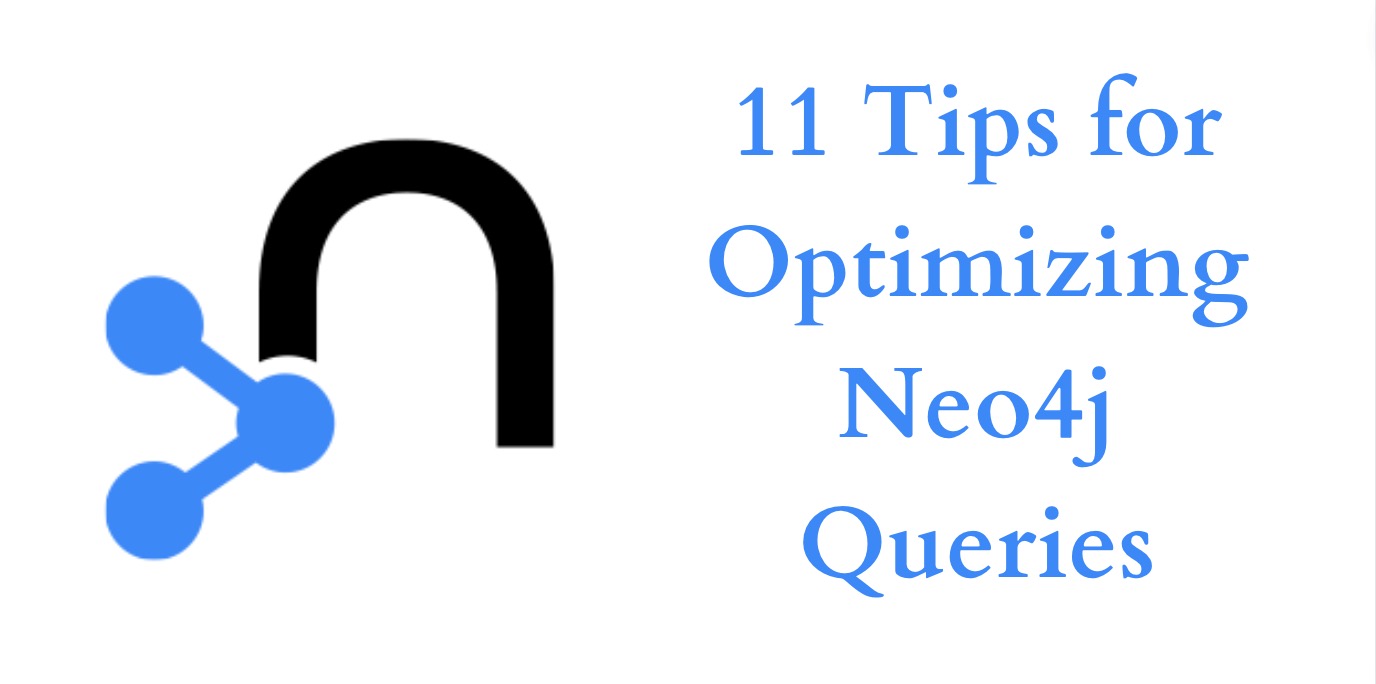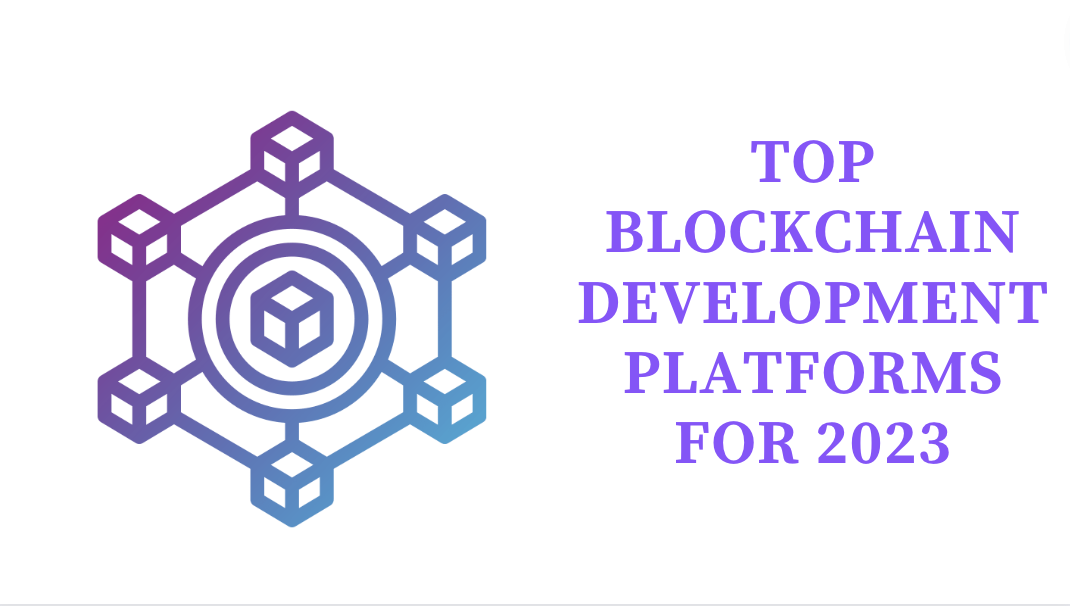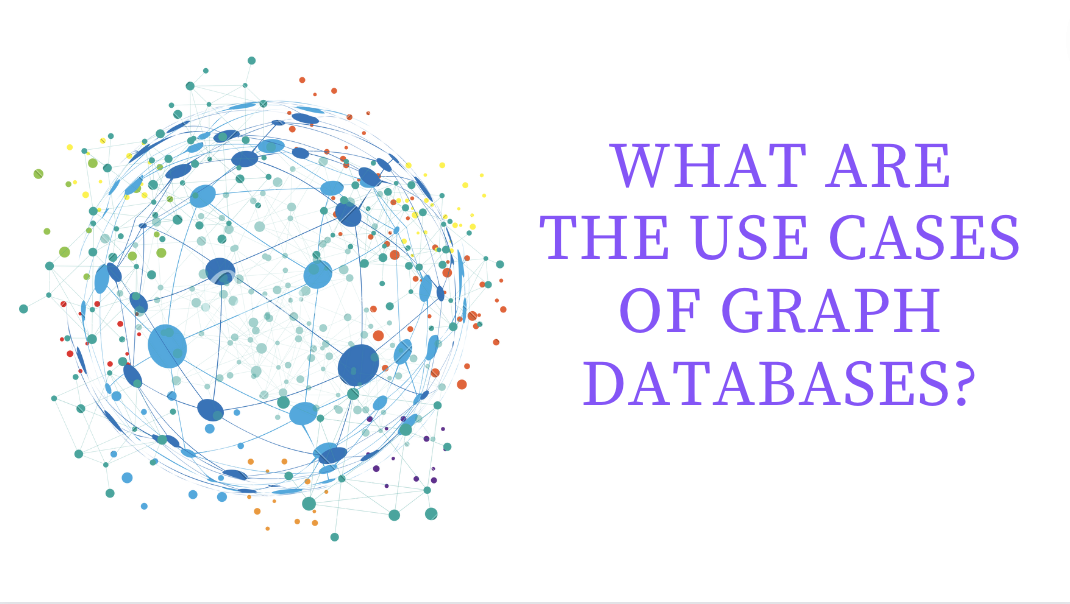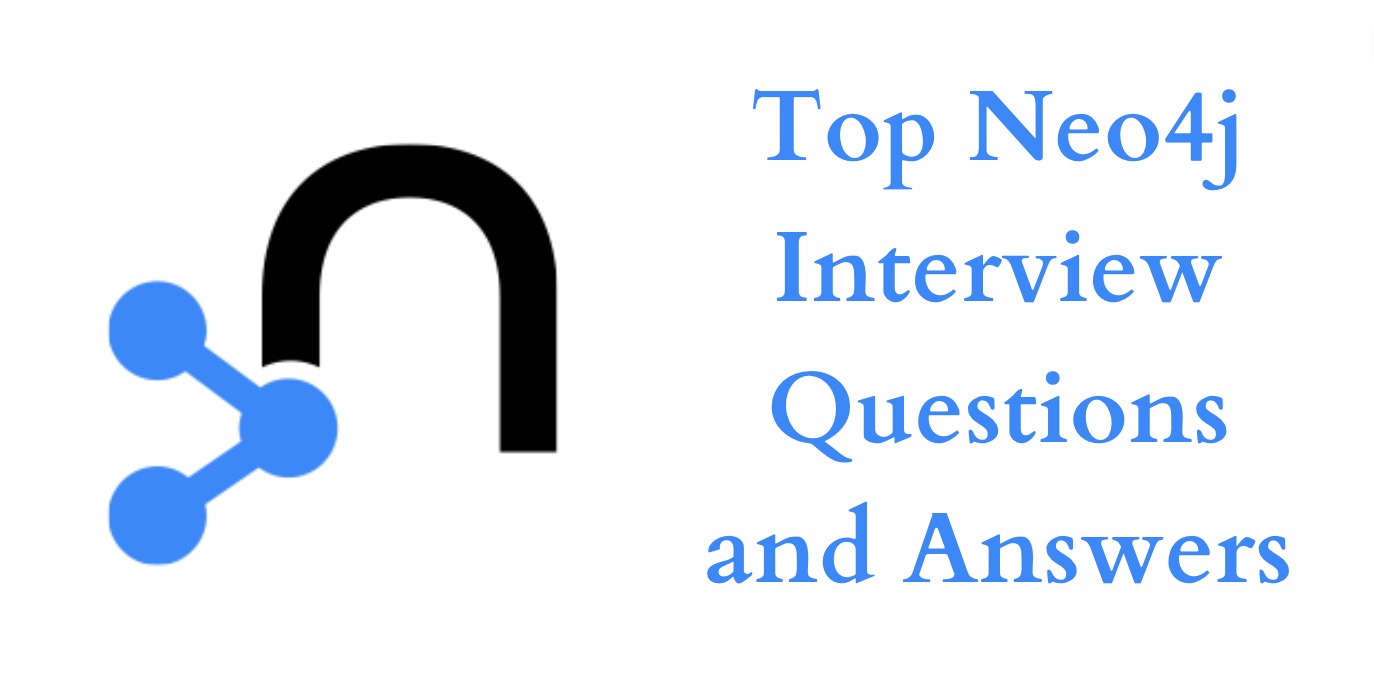To get the most out of Neo4j, it’s important to understand how to optimize your queries. In this blog post, we’ll share some tips on how to improve the performance of your Neo4j queries and make the most of your graph data.
One of the key aspects of working with Neo4j is designing an efficient data model that effectively represents the relationships between the data. In this blog post, we will go over the basics of data modeling in Neo4j and the best practices for designing a successful data model. We will also cover some advanced data modeling techniques in Neo4j that can help to improve query performance, add extra functionality and make your data models more flexible.
Blockchain technology has the potential to revolutionize the way we exchange information and value. It enables the creation of decentralized applications (dApps) and smart contracts that are secure, transparent, and immutable. As a result, developers around the world are using blockchain development platforms to build innovative solutions for a wide range of industries.
Graph databases are a powerful tool for analyzing and understanding complex networks of interconnected data. They are used in a variety of different applications and can help organizations and researchers gain insights and make better decisions.
Cypher vs Gremlin: Cypher and Gremlin are both query languages that are used to interact with graph databases. However, they are designed with different goals in mind and have some key differences in terms of their syntax, features, and use cases.
Neo4j is a popular open-source graph database management system that is widely used for storing and querying data represented as graphs. In this article, we are going to list the frequently asked questions and answers in the Neo4j interviews. We hope these Neo4j interview questions will help you in your interview.






